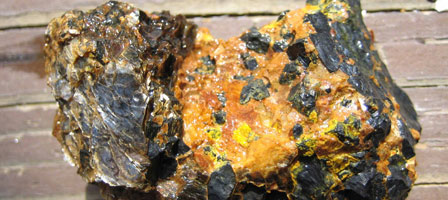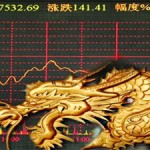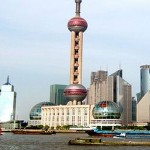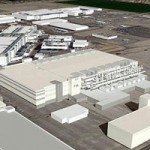The Other Yellow Metal
According to a new report on uranium by Jackson Wong of Investors Intelligence, current bullishness stems from several factors:
• The annual requirement to fuel nuclear reactors is forecast to increase over the next four years from 68,000 tons to about 90,000. Current mine output is no more than 55,000 tons. New production from countries such as Namibia, Niger and Uzbekistan “takes time” to bring on stream and requires “huge up-front capital expenditure.”
• The gap between newly-mined supply and demand has been bridged by dismantling 12,000 nuclear warheads and converting their highly-enriched uranium into low-enriched reactor fuel. But the Megatons-to-Megawatts agreement between the US and Russia for releasing their military stockpiles is set to expire in 2013.
Although the new START agreement provides for the two nations to scrap a third of their strategic warheads, Wong suggests Russia may decline to extend M2M provisions because of its own growing uranium demand, thus removing significant supplies from the market. The rundown of civilian inventories, which currently provides about 10,000 tons a year, is expected to be exhausted by 2013.
• There is a growing shift towards kinds of energy not generated from oil, gas and coal, especially nuclear-generated electricity, which is the cheapest (Wong points to a study showing production cost in the US in 2006 averaging 1.72 cents per kilowatt hour, compared to 2.37 for coal, 6.75 for gas and 9.63 for oil) – and has the lowest carbon emission. China , other Asian countries, and also some Central/East European nations, are building many more reactors.
• Energy security – less dependence on imported resources – is getting more priority. In China the government has directed its utility firms to stockpile uranium.
• Uranium prices are in a secular bull market. Investors increasingly see more upside potential here than, for instance, in precious metals mining.
Wong lists these ways of investing in the nuclear/uranium sector:
• Uranium infrastructure, a conservative option. He likes atomic power station engineering groups Toshiba Plant & Systems of Japan and the Shaw Group in the US.
• Established uranium producers, also a conservative option. The preferred plays are Canada’s Cameco and Australia-listed Paladin.
• Uranium explorers and new producers – more speculative. Wong highlights US-listed Uranium Energy and Uranerz, and Canada-listed Denison Mines, UEX and Mega Uranium.
• Highly-speculative junior uranium explorers such as Canada-listed Laramide Resources, Rockgate, Titan Uranium, Mawson and Strathmore Minerals.
• Physical uranium. Uranium Participation Corp. owns stocks of uranium oxide.
CopyRight – OnTarget February 2011 by Martin Spring




